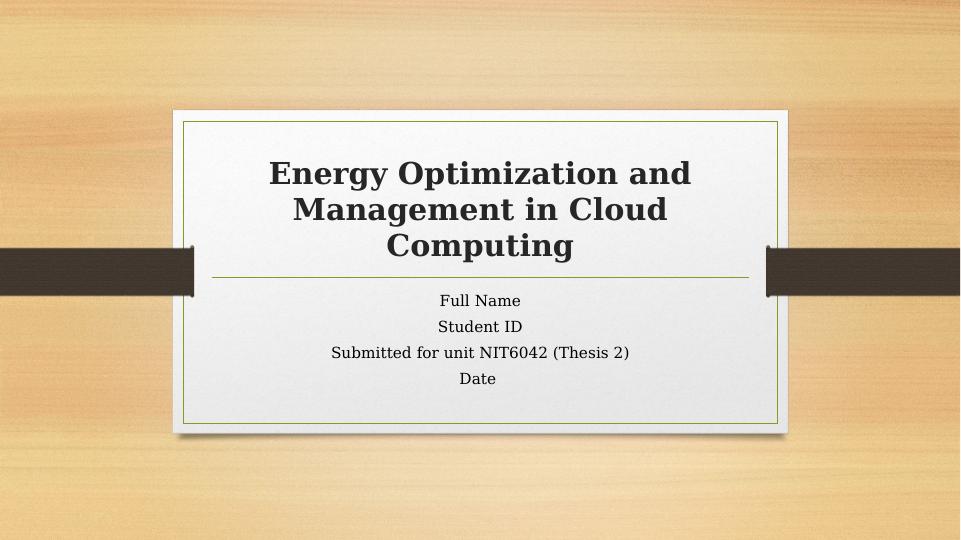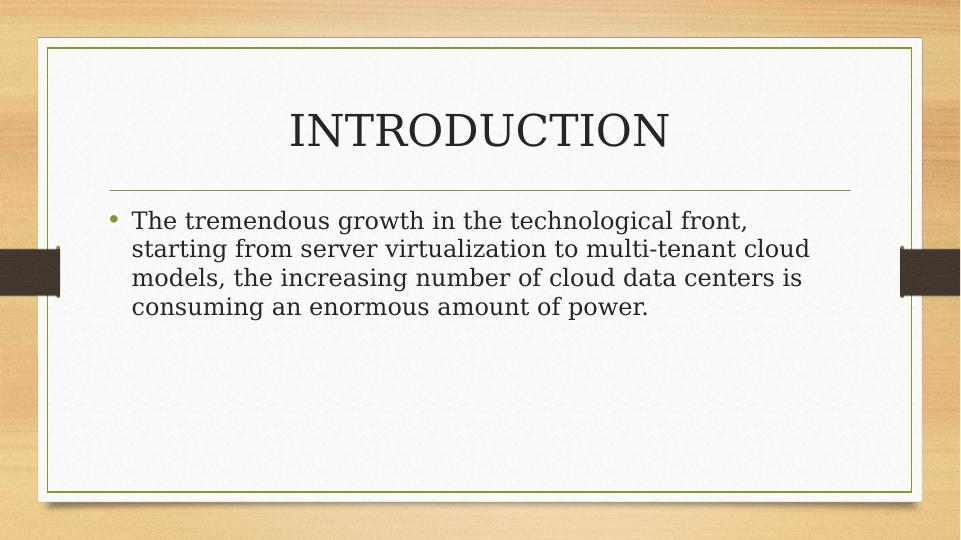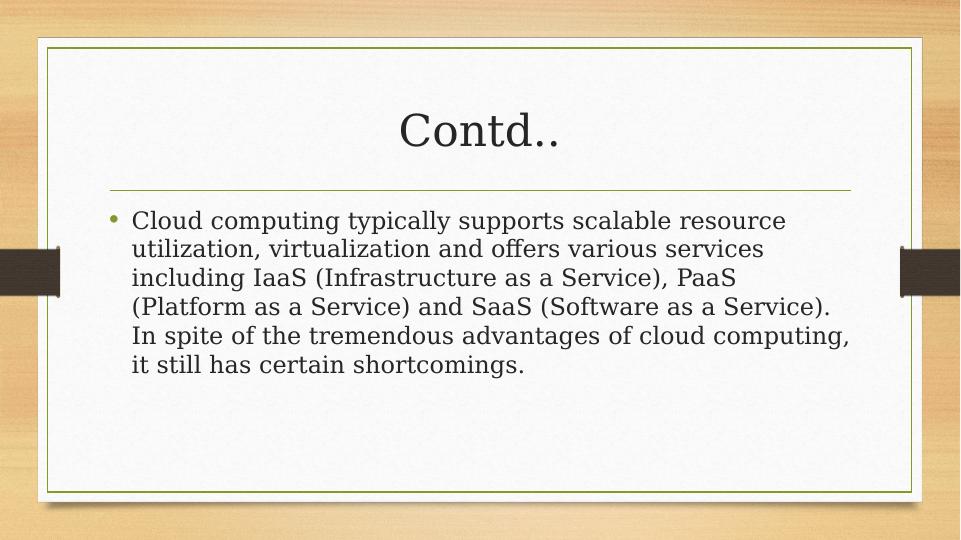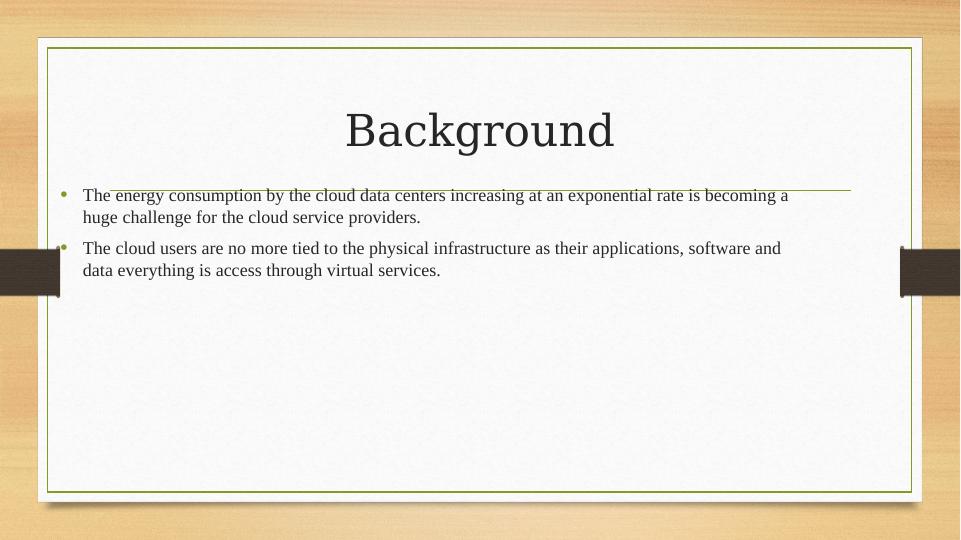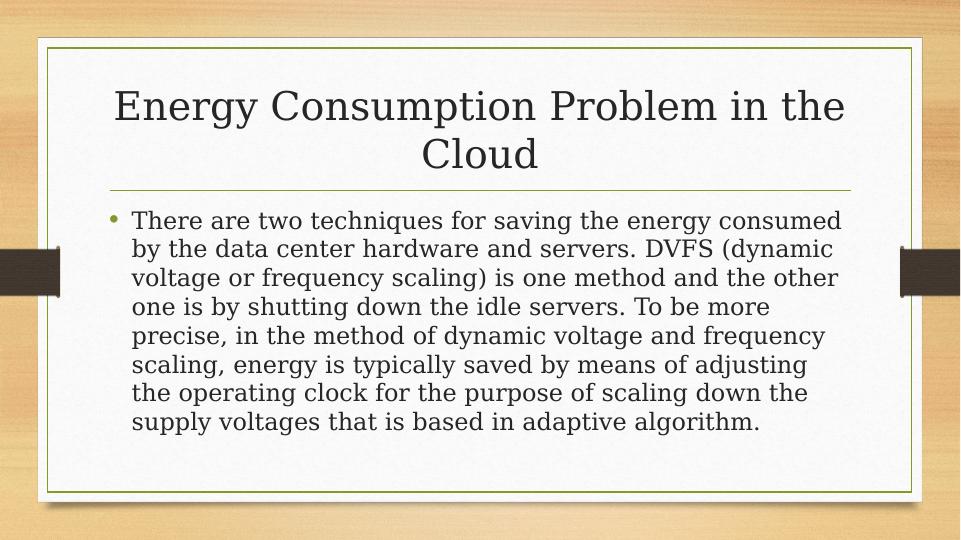Energy Optimization and Management in Cloud Computing
Added on 2022-11-29
35 Pages2571 Words113 Views
End of preview
Want to access all the pages? Upload your documents or become a member.
Energy Optimization and Management in Cloud Computing
|41
|10590
|286
Annotated Bibliography on Energy Efficiency in Cloud Computing
|11
|3345
|437
IT INFASTRUCTURE.
|1
|462
|77
DTGOV and Cloud Computing: Benefits and Implementation
|23
|1070
|74
Information Technology (IT) Infrastructure: Assignment
|1
|749
|65
Optimal Optimization Based On CLOUD COMPUTING ASSIGNMENT -3
|32
|8368
|223

